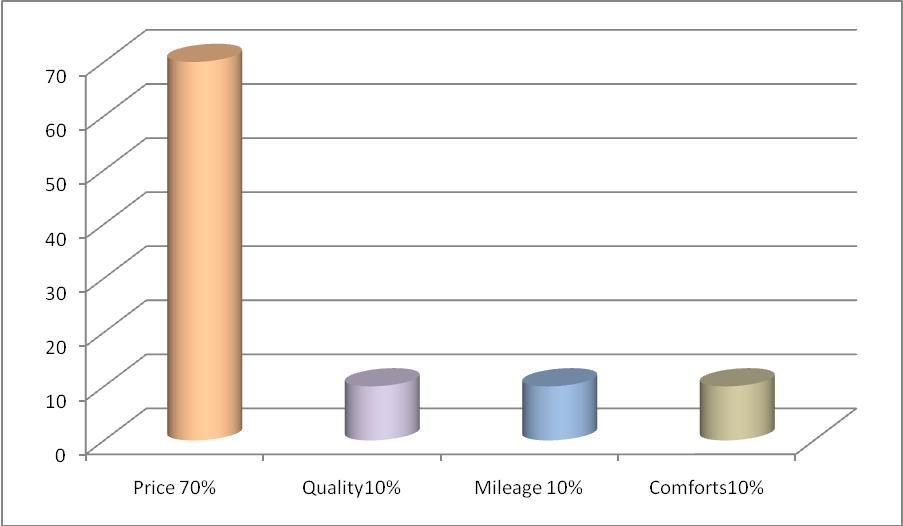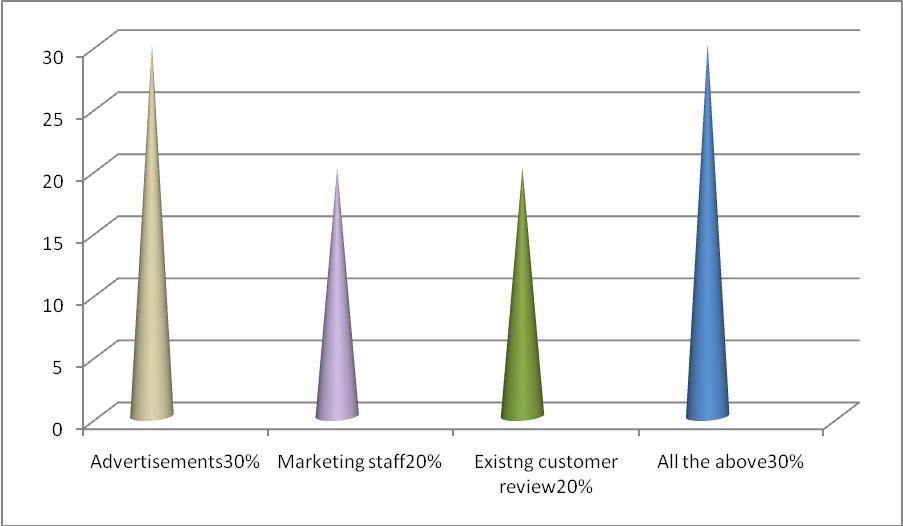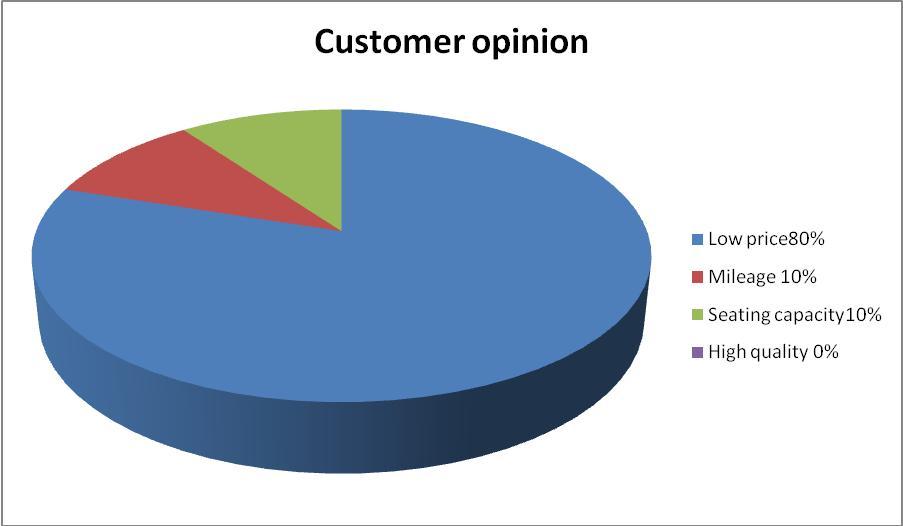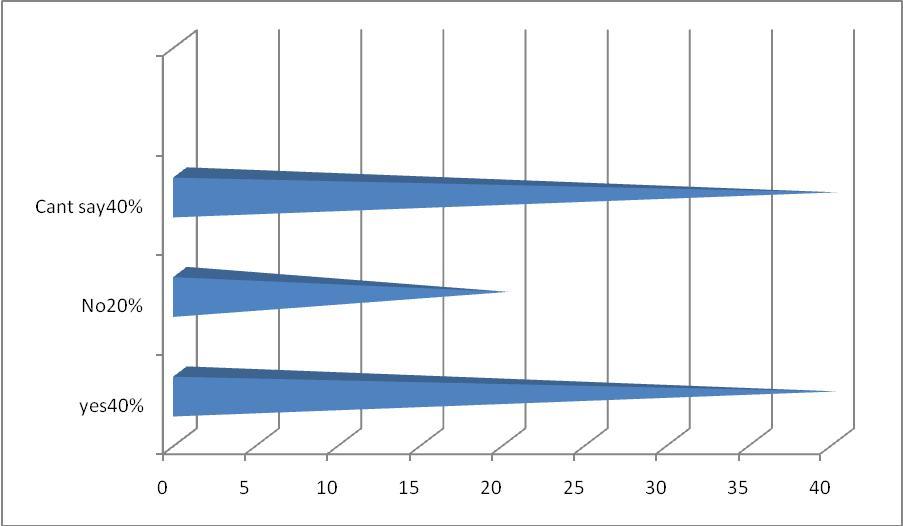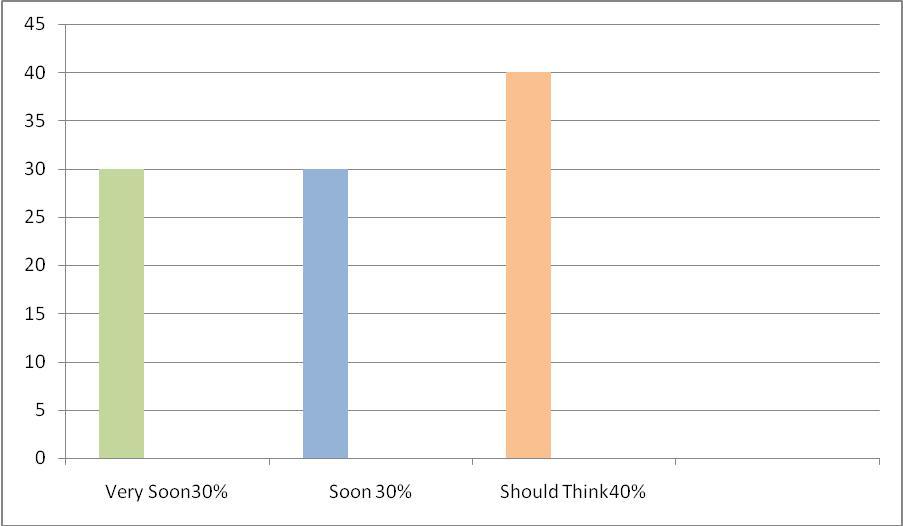INTRODUCTION OF ICICI BANK
Financial services and wide range of banking products are offered by ICICI Group and retail customers through a variety of delivery channels and through its specialized group companies, subsidiaries and affiliates in the areas of personal banking, investment banking, life and general insurance, venture capital and asset management. In their respective sectors ICICI Group companies have enhanced and maintained their leadership position with the support of strong customer focus.
Second largestIndia’s bank is ICICI with the total assets of Rs. 3,793.01 billion (US$ 75 billion) at March 31, 2009 and for the year ended March 31, 2009 profit after tax is Rs. 37.58 billion. InIndia, the ICICI bank has a network of 1,451 branches and total ATM’s are 4,721 and existed in 18 countries.
HISTORY
1955:
The government ofIndiaand representatives of Indian industry, the Industrial Credit and Investment Corporation of India Limited (ICICI) is incorporated at the initiative of the World Bank. In order to provide the medium and long term project financing to Indian businesses development financial institutions are created. First chairman of ICICI limited is Mr.A.Ramaswami Mudaliar.
ICICI emerges as the major source of foreign currency loans to Indian industry. In the Indian companies, ICICI is the first company for increasing the funds from international markets besides funding from the World Bank and other multi-lateral agencies.
1956:
ICICI stated that its first share is 3.5%.
Business:
In 1994 through ICICI Ltd., Indian development financial institution, ICICI bank was advanced. Among all private banks ICICI bank has to develop into largest commercial bank so consequently two entities are combined. In the second half of nineties to beat the Indian banking industry, with new technologies ICICI bank which is a new generation bank is in progress. VSAT technology is used in network along with systems and state-of-the-art technology in ICICI bank branches, these branches are automated fully.
With SWIFT International network, bank is having relation and network of ICICI bank is extended in 2005 as 1,910 ATMs and 562 branches. Some of the electronic channels like call centers and ATMs, internet banking, mobile banking are increased and for these channels number of customer transactions are transferred then more than 70% of customer transactions are happening.
To increase deposit franchise overseas and corporate business a small Russian banking entity, Investitsionno-Kreditny Bank (IKB) is obtained by ICICI bank. Through DBS inSingapore, Lloyds TSB inUKand Wells Fargo inUSAbanks, ICICI bank is having a number of dealings.
- To do mutual business, ICICI planned to deal with prudential plc. OfUK. Through Prudential ICICI Trust Limited and Prudential ICICI Asset Management Company duo is moderately insistent. Towards the Indian agricultural sector, to offer services ICICI bank is ready. By means of large agriculture markets, in place more than 70 agri-desks and 2000 Internet kiosks are started.
Developments:
- ‘Mutual Fund Sweep Account’ is started by ICICI Bank- Since to receive higher income, parking their short-term excess into liquid mutual funds when existing account holders are permitted by automatic sweeping facility. During GIC Mutual Fund and Prudential ICICI Asset Management Companies liquid fund schemes to invest an excess account, present account customers of ICICI bank are having ability.
- In ICICI, ICICI Capital Services Limited and ICICI Personal Financial Services Limited are two combined wholly-owned subsidiaries, these two subsidiaries are in progress with ICICI bank.
- Towards Rs.500 crore CD (Certificates of deposit) programme of IBL (ICICI Bank Ltd), the short-term of safety is represented as A1+rating it is allocated by ICRA.
- To start the credit cards of ICICI Bank Master Card, MasterCard International is occupying ICICI Bank. About 4, 50,000 debit cards of ICICI bank are situated where as 5, 50,000 credit cards are situated at present. In market main card issuer is ICICI bank. For every month by rate 1, 00,000, debit and credit cards are added by bank. The debit card business is the latest one where as credit card business is started 2 years back by bank.
At the end of December 31, 2009 profit is Rs. 30.19 billion (US$ 648.8 billion) for nine months after tax, for total resources of Rs. 3, 562, 28 billion (US$ 77 billion) at December 31, 2009 thereforeIndia’s second-largest bank is ICICI. 4,883 ATMs and 1,646 branches network in banks, inIndiaand at present in 18 countries. During specialized subsidiaries and variety of delivery channels, for retail customers and corporate customers an open series of financial services and banking products are presented by ICICI and in regions like asset management and venture capital, investment banking, life and non-life insurance it is joined.
Technology:
In an extremely automated environment the HDFC bank functions in terms of communication systems and information technology. Towards its customers this bank is allowed to present transfer facilities of speedy funds, because every branch of this bank contains online connectivity. To deal with customers through the Automated Teller Machines (ATMs) and branch network, a multi-branch access is also offered.
In order to gain the best technology which is available internationally so as to create infrastructure for a world class bank, considerable investments and efforts were made by the bank. Through robust and scalable systems, the business of the bank is sustained which makes sure that the clients are always provided with supreme services.
In the internet and technology, the bank has prioritized its commitment as one of its major aims and also in web-enabling its core business an important progress has been already made. To produce a build market share and competitive advantage, the bank has been successful in influencing its market position, in all of its business.
In association with the VISA (VISA Electron) an International Debit Card is launched and as well as issues the Master card Maestro debit card by the first bank inIndiawhich is HDFC Bank. In late 2001, HDFC launched its credit card business. A total card base (credit and debit cards) HDFC bank crosses over 13 million by the end of the March 2009.
The Bank is also one of the leading players in the “merchant acquiring” business with over 70,000 Point-of-sale (POS) terminals for debit / credit cards acceptance at merchant establishments. The Bank is well positioned as a leader in various net based B2C opportunities including a wide range of internet banking services for Fixed Deposits, Loans, Bill Payments, etc.

